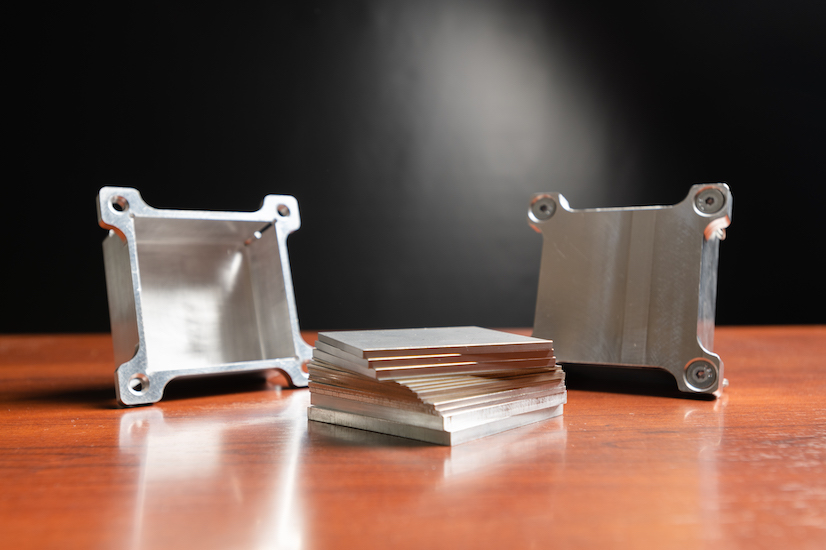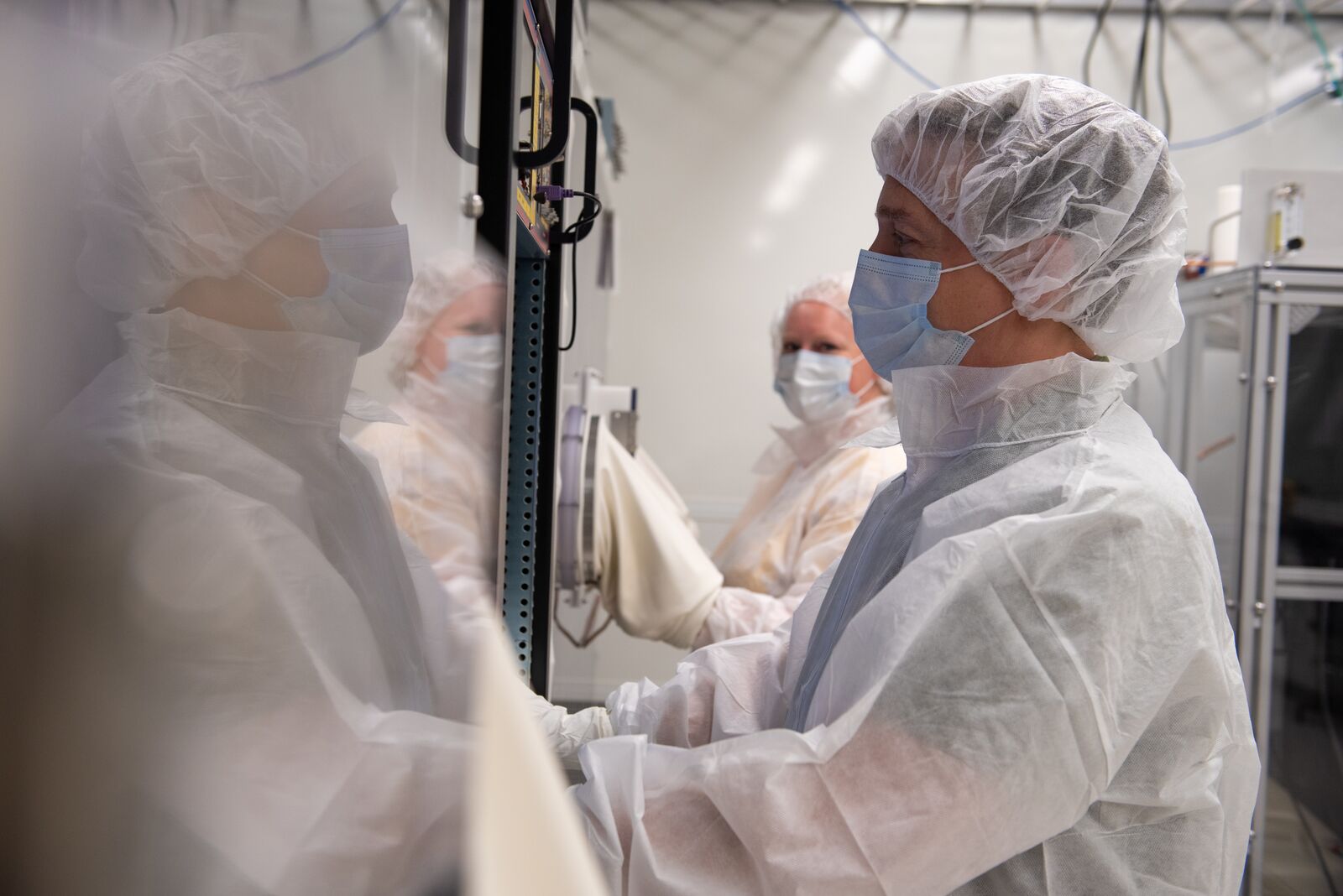CAPE CANAVERAL, Fla.-An experiment designed to answer questions about the radiation environment for manned space missions launched from Kennedy Space Center today.
For the five-day mission, experiments from the Department of Energy's Pacific Northwest National Laboratory and several other institutions will circle the Earth 435 miles above-nearly twice as high as the International Space Station. Before settling in at that altitude, Polaris Dawn will reach 870 miles, the highest that any person has been since NASA's Apollo program several decades ago.
The experiments on board are part of the Polaris Program, a commercial spaceflight program headed by entrepreneur Jared Isaacman. Polaris Dawn, the first of the three planned missions in the Polaris Program, will embark to better understand the effects of spaceflight and space radiation on human health. Such missions are hugely important as more crews travel to space, with a moon landing and even a mission to Mars expected in the future.
Along with Polaris Dawn's crew of four, the mission includes PNNL's experiment, OHSNAP-the Orbital High-Energy Space Neutron Activation Project. The project is built around a small aluminum box about the size of a small computer speaker (4 x 4 x 2 inches). In that box are plates of high-purity metals-cobalt, gold, iron, nickel, tantalum, titanium, tungsten and zirconium.
The OHSNAP test materials, and everything else on the spacecraft, will be exposed to high-energy galactic cosmic rays and neutrons created when cosmic rays hit and interact with the spacecraft. Understanding the impact of these high-energy neutrons is important to assure safe space travel in the future.

"A lot of computer modeling has been done, but this provides us a great opportunity to actually measure neutron radiation," said Bruce Pierson, a physicist who is part of the PNNL team that will analyze the materials.
"The radiation levels experienced by the Polaris Dawn crew and the equipment in space will be hundreds or thousands of times greater than it is on Earth. Understanding exactly what's going on with newly created radiation products like high-energy neutrons is important for the safety of astronauts and their instruments," added Pierson.
Going underground to study materials from orbit
Immediately after splashdown, the box will be whisked from the ocean and transported nearly 3,000 miles back to PNNL-by ship, helicopter, car and plane-and promptly taken to the Laboratory's Shallow Underground Laboratory in Richland, Wash. The underground laboratory is shielded from cosmic rays and other common background radiation, giving scientists nestled 40 feet underground unique abilities to tease out sensitive signatures of radiation.

In the lab, scientists will learn more about the neutrons created during the five days of exposure in Earth's orbit. Analyses will take a few weeks, allowing scientists to estimate the amount and type of radiation exposure that human spaceflight crews could be subjected to on future missions.
From the airfields of Italy to the vacuum of space

PNNL's opportunity to put an experiment aboard Polaris Dawn came about through a connection of one of its scientists, Julian "Nuttman" Chesnutt. He served as an F-16 fighter pilot in Italy in the 1990s, part of the Air Force 555th Fighter "triple nickel" Squadron that took part in Operation Allied Force over the Balkans.
Serving with him were two pilots now serving in key roles for Polaris Dawn: Todd "Leif" Ericson, mission director, and Scott "Kidd" Poteet, pilot. Now, Ericson and Poteet are in the midst of space exploration and Chesnutt is a scientist at PNNL, working with colleagues who have expertise in understanding radiological materials.
In addition to Pierson and Chesnutt, the PNNL-funded project includes Kevin Gervais, Jeff Katalenich and Marcy Whitfield.
OHSNAP is the second PNNL experiment to head to space this month. Pubudu Handakumbura's experiment looking at photosynthesis in space headed to the International Space Station on August 4. PNNL scientists have also studied the activity of microbes in microgravity and have worked with scientists at Washington State University to look at plant growth in space.






